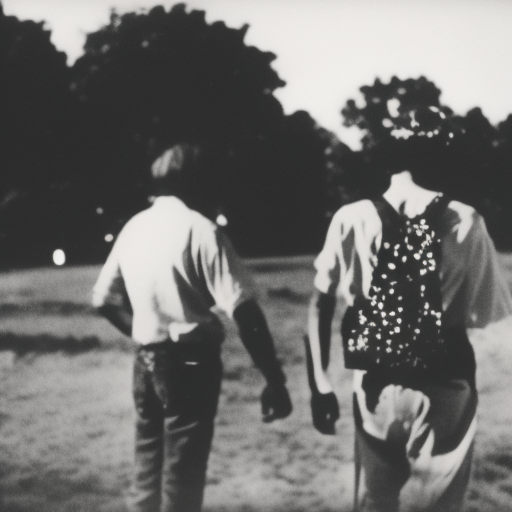Summary:
The Summer of Love was a social and cultural phenomenon that took place in San Francisco, California, in 1967. It was characterized by a convergence of counterculture movements, including the hippie movement, anti-war activism, and the sexual revolution. The Summer of Love became a symbol of peace, love, and freedom, attracting thousands of young people from across the United States and beyond.
The Birth of the Summer of Love:
The Summer of Love was born out of a combination of factors. The counterculture movement had been gaining momentum throughout the 1960s, fueled by opposition to the Vietnam War, civil rights activism, and a rejection of mainstream values. San Francisco’s Haight-Ashbury neighborhood became a focal point for this movement, attracting artists, musicians, and activists who sought an alternative way of life.
The Hippie Movement:
The hippie movement, with its emphasis on peace, love, and communal living, played a central role in the Summer of Love. Hippies rejected materialism and embraced a more natural and spiritual lifestyle. They advocated for nonviolence, environmentalism, and the use of psychedelic drugs, such as LSD, to expand consciousness. The hippie movement’s ideals resonated with many young people who were disillusioned with the status quo.
The Gathering in San Francisco:
In the summer of 1967, thousands of young people flocked to San Francisco, drawn by the promise of a utopian society. They converged in the Haight-Ashbury neighborhood, turning it into a vibrant hub of counterculture activity. The streets were filled with colorful clothing, long hair, and the sounds of psychedelic rock music. People shared communal living spaces, practiced free love, and experimented with drugs.
The Human Be-In:
One of the key events of the Summer of Love was the Human Be-In, held in Golden Gate Park on January 14, 1967. It brought together thousands of people to celebrate peace, love, and unity. The event featured speeches by counterculture leaders, including Timothy Leary and Allen Ginsberg, as well as performances by bands like Jefferson Airplane. The Human Be-In served as a catalyst for the Summer of Love, spreading its message of love and freedom.
Impact and Legacy:
The Summer of Love had a profound impact on American society and popular culture. It challenged traditional norms and inspired a generation to question authority and seek alternative ways of living. The counterculture movement influenced music, fashion, art, and social activism for years to come. However, the Summer of Love also faced criticism and backlash, with some viewing it as a hedonistic and naive movement that lacked substance.
Conclusion:
The Summer of Love was a transformative moment in American history. It brought together various counterculture movements and became a symbol of peace, love, and freedom. The gathering in San Francisco’s Haight-Ashbury neighborhood attracted thousands of young people who sought an alternative way of life. The ideals of the hippie movement, including nonviolence, communal living, and the use of psychedelic drugs, resonated with many. The Summer of Love left a lasting impact on American society, challenging traditional norms and inspiring future generations to question authority and seek social change.












